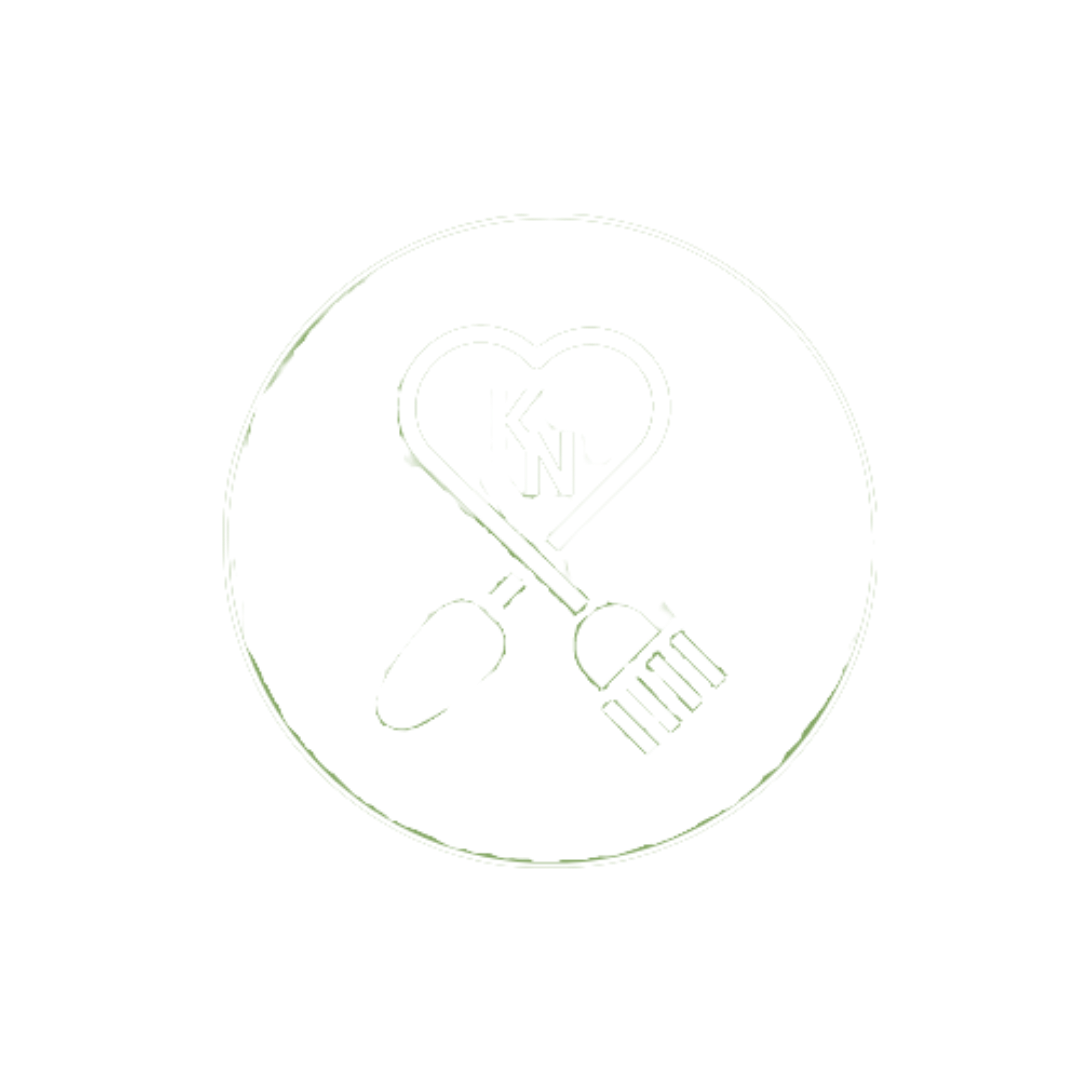A Look at Our Labels: Sugar Edition
Why do We Crave Sugar?
One Word: DOPAMINE!
Dopamine is a neurotransmitter ( a chemical messenger that delivers signals to and from the brain) that helps to control feelings of reward and pleasure. It is released for health reasons like physical touch and exercise. It is also released in response to the consumption of certain substances as well like caffeine, narcotics, and sugar.
This dopamine response sends signals to your body to encourage you to continue to seek this pleasurable feeling. This is where we get that sugar craving.
Carbohydrates=Sugar
When we eat carbohydrate foods our body starts to break them down into a useable form of energy called glucose ( simple sugar), as well as vitamins and minerals. As you eat your carb food your body releases enzymes that help to break it down into smaller pieces. The reason behind this is your body needs those smaller pieces of that carb to be able to store it properly.
Your body cannot keep more than 4g of sugar in the bloodstream therefore some must be stored or used for energy. This is where insulin( a storage hormone released by the pancreas) is released in response to the carbs that you just ate. Insulins job is to send a message to your cells to let nutrients in ( including glucose). The result is putting glucose in its correct storage bins ( muscle and liver) this is now called glycogen.
There is a catch to this though. Your body can only store a certain amount of this glycogen at a time in the muscle and liver. It varies from person to person. What happens when the storage bins are too full from eating an excess amount of carbs and sugar? Our bins overflow and now our glycogen will be stored as fat instead! While your body has limited storage space for glycogen it has unlimited space for fat! There are 2 forms in which they can be stored as fat :
triglycerides- circulating blood fat
adipose- body fat
Labels:
Looking at your label (Sugars):
1 Total Sugars: look at the total sugars in the product you are about to buy
2 Added Sugars – If your food has our new label it will indicate below total sugars how many of those total are added. The problem is not every food has the new label yet. This is where I like to use the app Fooducate. Fooducate can help you by scanning a label and it will grade the food for you and actually show you the added sugars.
3 Ingredient List- after you have read the nutrition facts check out your ingredient list. Is sugar listed in the ingredients or words that mean sugar ( anything ending in -ose, anything with the word syrup, glycerin, honey, brown sugar, can juice, molasses, barley malt, etc.)
4 What number on the ingredient list are your sugars- Once you find the sugars or words that mean sugar in the ingredients count what order they are. A good rule of thumb is to try to keep sugars out of the top 3-5 ingredients. This will ensure you have a lower amount within the serving size. This is due to the first ingredient of the list being the most prevalent and the last being the least.
5 Foods to be sure to check- I would really check all foods but there are some in particular that you will want to check for sure. These are:
cereals and granolas
sauces
dressings
frozen foods
canned foods
protein bars
protein drinks or powders
juice
sports drinks
bread
dried fruit
yogurt
The list goes on and on so be sure to really read your labels to find these pesky hidden sugars.
Recommended Daily Intake for Sugar:
Women 6tsp = 24g
Men 9tsp =36g
Children 3-6tsp =12-24g
Some of my favorites to hit the sweet spot without all of the added sugars:
Protein drink: Koia Protein Shake
Chocolate Bar: Lilys Chocolate Bars
Honey Roasted Puffs: Lesser Evil Honey Roasted Paleo Puffs
Chocolate Coconut Cups: Keto Cups
Maple Syrup: Lakanto Maple Syrup
Granola Bar: Dang Bars
Flavored Fish Oil: Barleans Omega Swirl
Dressing: The Primal Kitchen Dressing/Marinade
Granola: Paleonola
Yogurt: GT’s Cocoyo

